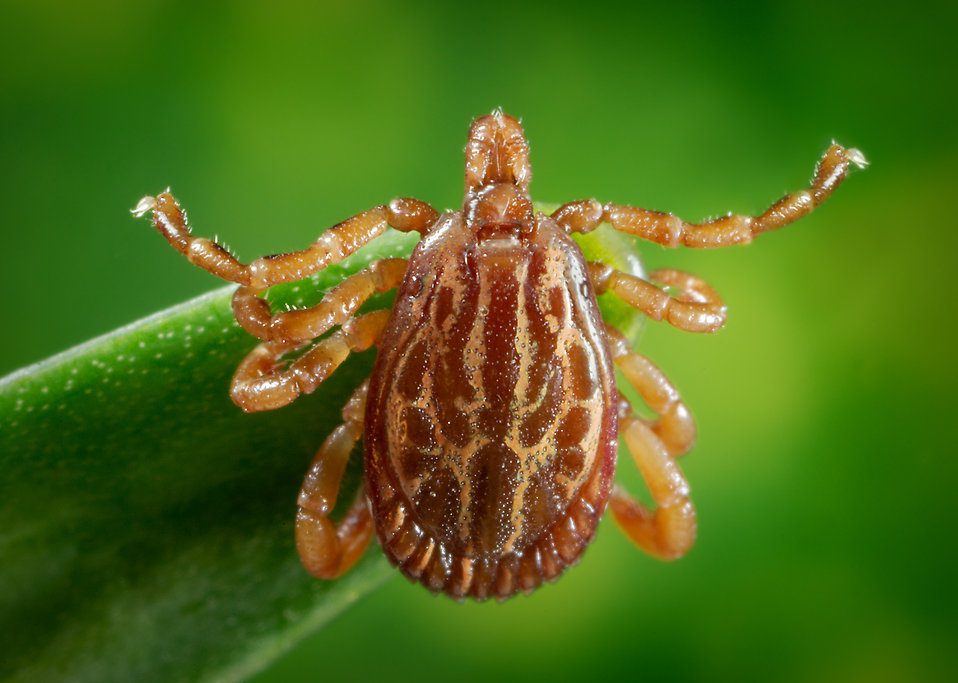Lyme Disease In Dogs. What Is It, How to Prevent It and Treat It
Lyme disease is no joke. In people, it can be very serious. I know two people that have Lyme disease and I know how debilitating the disease can be. But what about dogs? Can dogs get it? Is it serious in dogs too?
It is the time of year that people and dogs are outdoors more often and the weather is getting warmer. Lyme disease in dogs is real, but my purpose in writing this post is not to scare the living daylights out of you as most articles on the subject of Lyme disease in dogs do. Here’s why:
For one thing, in my humble opinion, there is so much misinformation on the internet about Lyme disease in dogs, I believe that they are more about selling preventatives and vaccines than about giving the parents the correct information that they need to be alert and to make the best decisions about prevention and treatment.

Only 5%-10% of dogs that are exposed, actually develop Lyme disease. With that being said, however, it is on the rise, so parents and guardians need to be aware of the possibility.
What you should know:
Depending on the tick and Borrelia species (a bacteria the tick leaves behind), transmission can occur rapidly, and the infection increases the longer the tick is attached to the dog, so checking your dog for ticks at least once a day is a good idea, especially if you live in an area where there are a lot of ticks. If you are traveling and are in the woods or in a camping area you should check for ticks at least twice a day during tick season is just a smart idea.
What to look for:
Most often recurrent lameness is seen because of inflammation of the joints. The infected dog may also have a lack of appetite and depression. More serious symptoms may include damage to the kidneys and heart or nervous system disease, although this is rare.

Young dogs seem to be more susceptible to Lyme disease than older dogs. It has been reported in dogs throughout the US and Europe, but most prevalent in upper Midwestern states, Atlantic and Pacific coastal states. Ticks, however, can be found anywhere in the world in grassy and wooded areas.
SYMPTOMS:
Besides the symptoms already mentioned, others are:
- Stiff walk with an arched back
- Sensitivity to touch
- Difficulty breathing
- Fever, lack of appetite and depression
- Superficial lymph nodes close to the site may be swollen
- Heart abnormalities, although this is rare
- Nervous system complications, again this is rare
Preventing:
Avoid letting your dog roam in a woody area or other tick-infested environments. Check your dog’s coat and skin daily. Remove all ticks by hand.
There are also a variety of sprays, collars and topical products that kill and repel ticks.
Treating:
If a dog is infected the veterinarian will treat them as an outpatient unless their condition is serious. They will prescribe an antibiotic specifically for Lyme disease, but there are other antibiotics that may also be used. They may also prescribe an anti-inflammatory pain reliever if the dog is uncomfortable.
Unfortunately, antibiotic treatment does not always completely eliminate the infection. Symptoms may seem to go away, but then return later and the development of kidney disease may appear in the future.
There should be an improvement within three to five days. If not, your veterinarian should examine the dog again.
